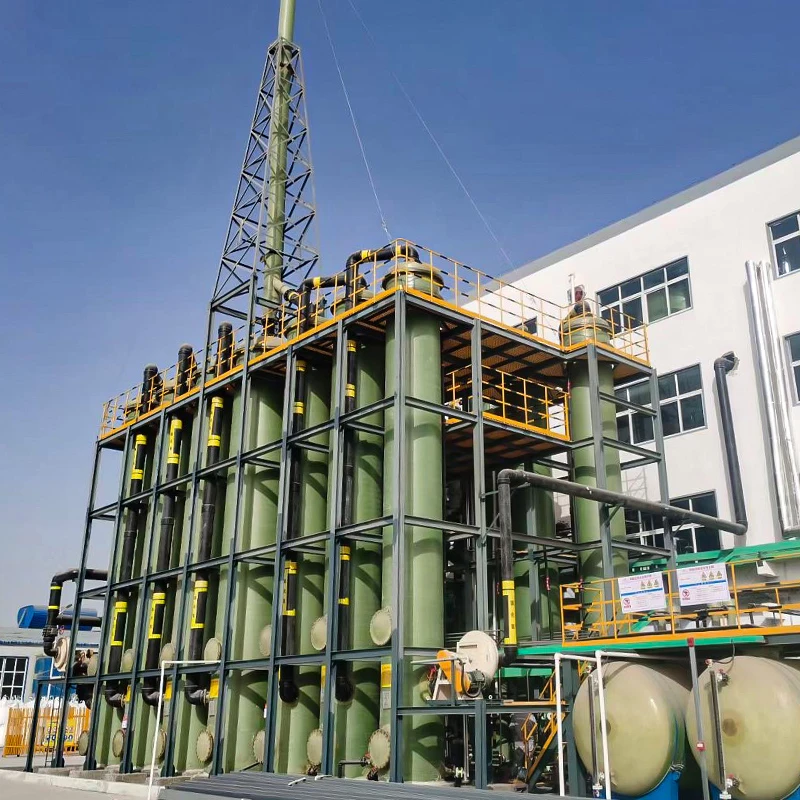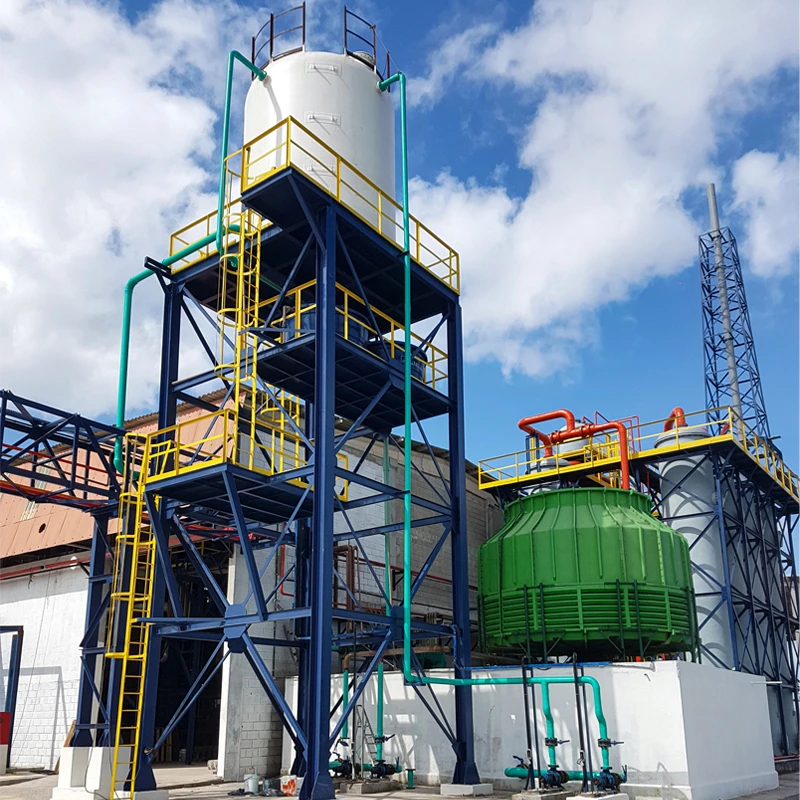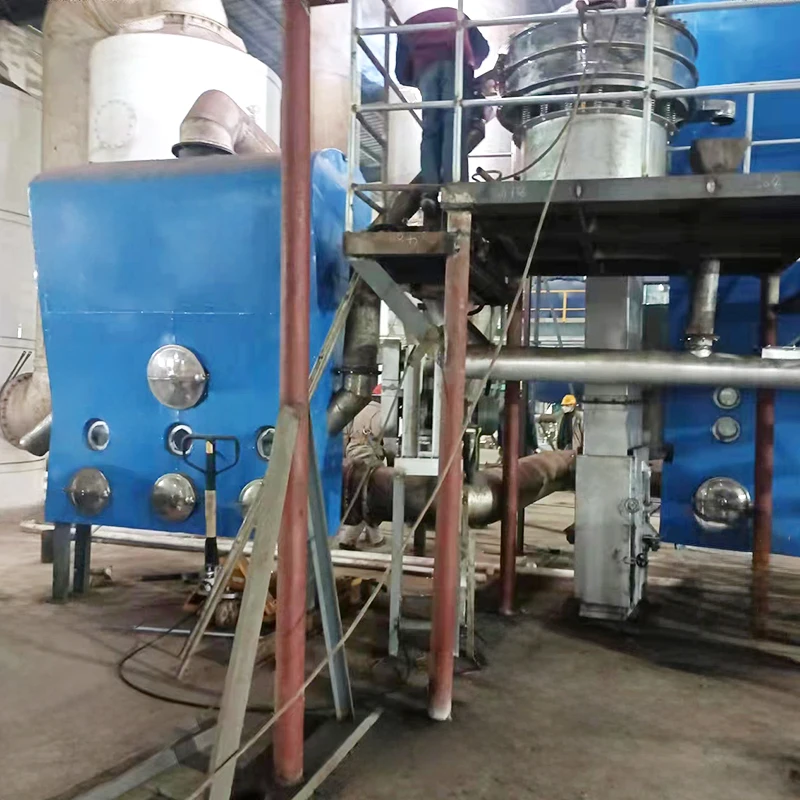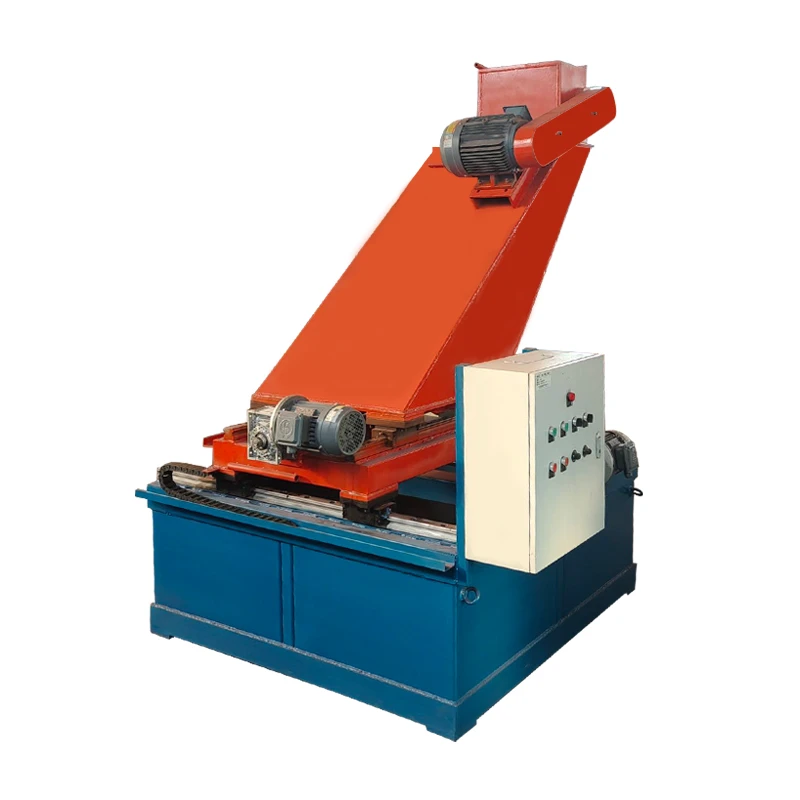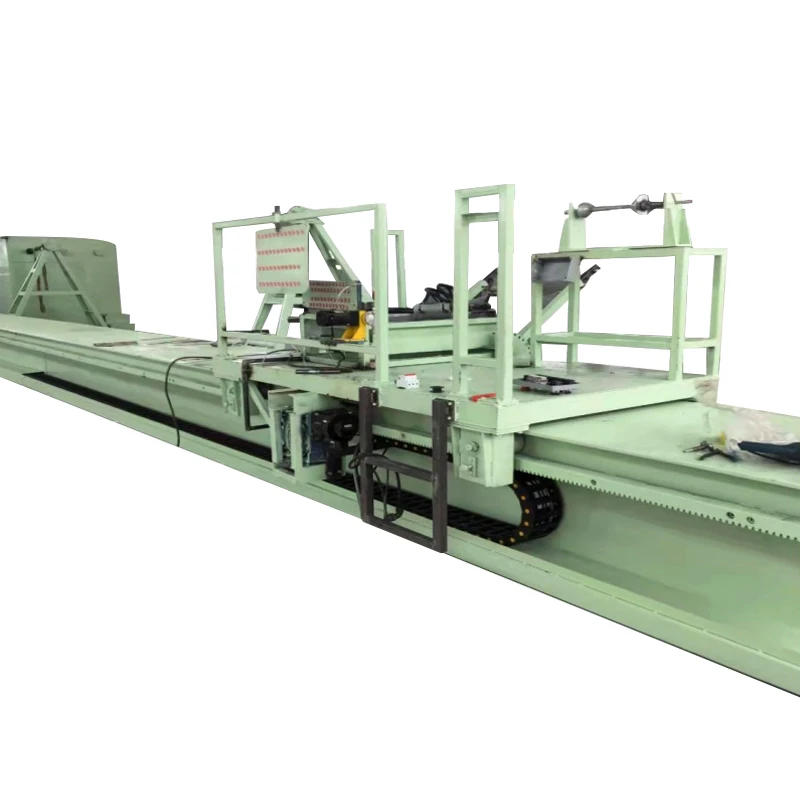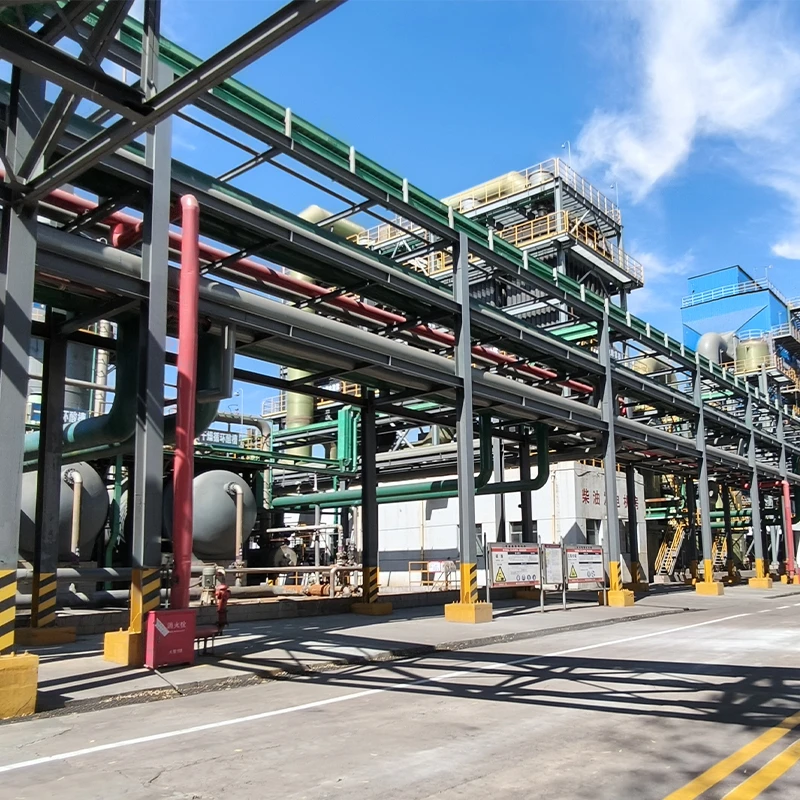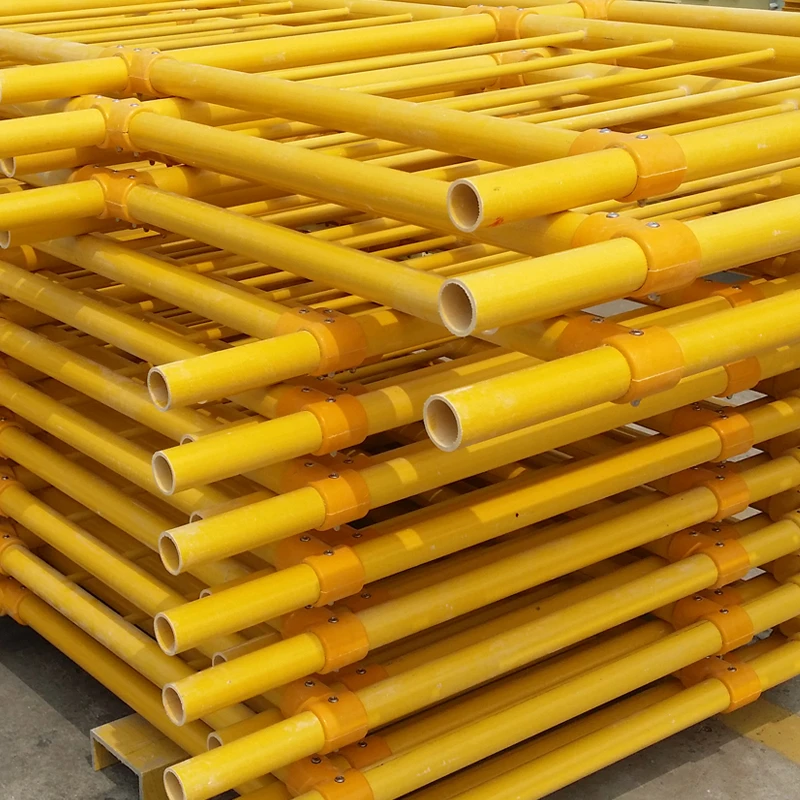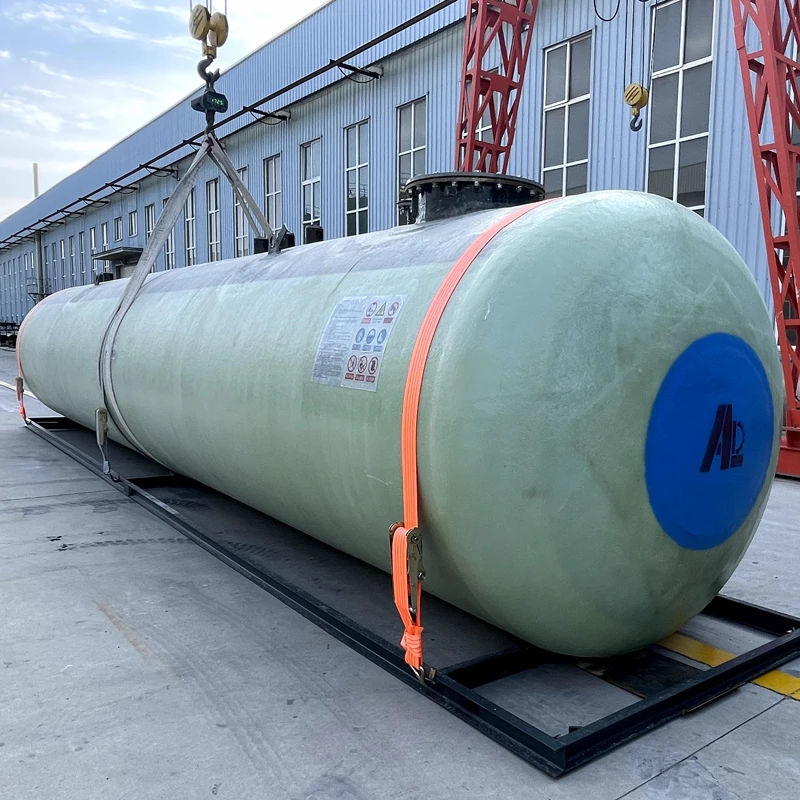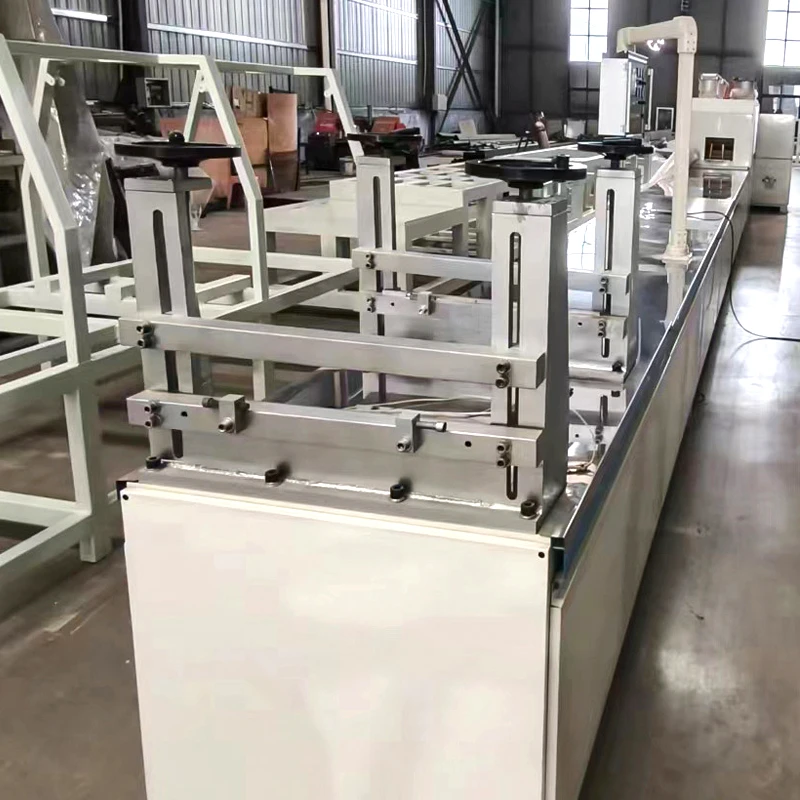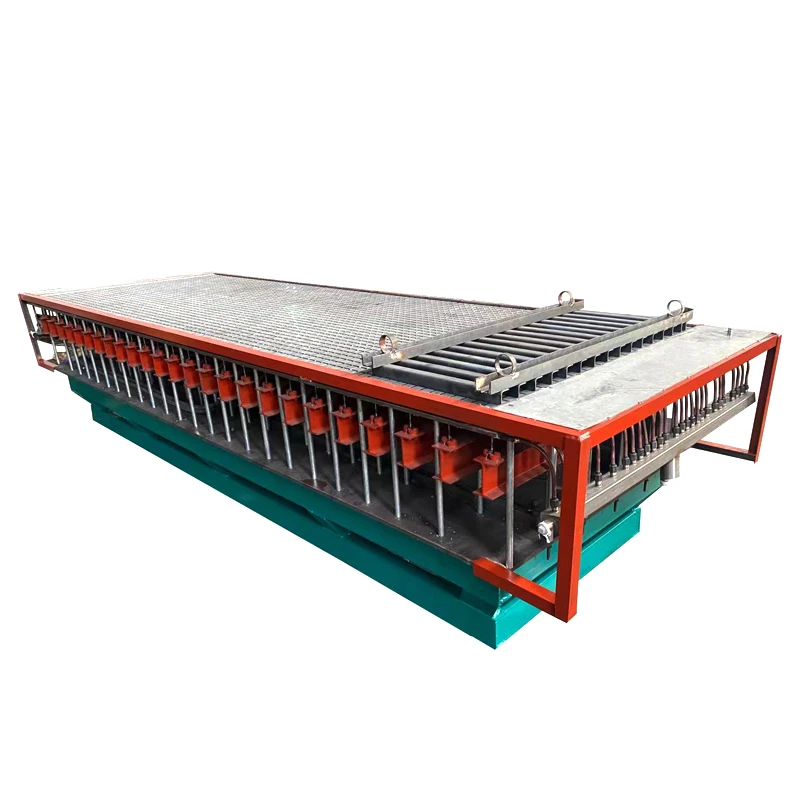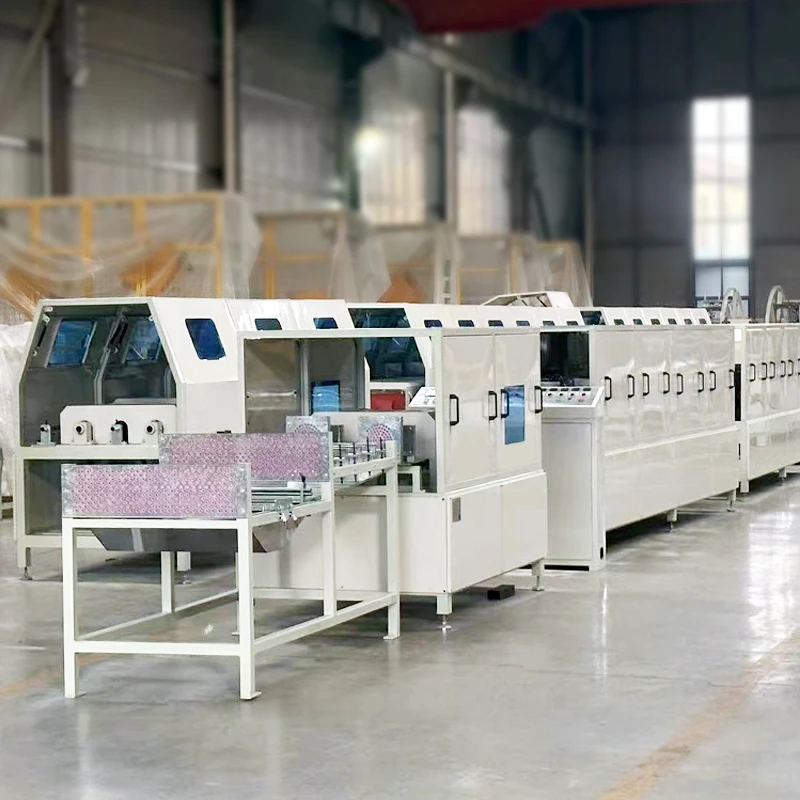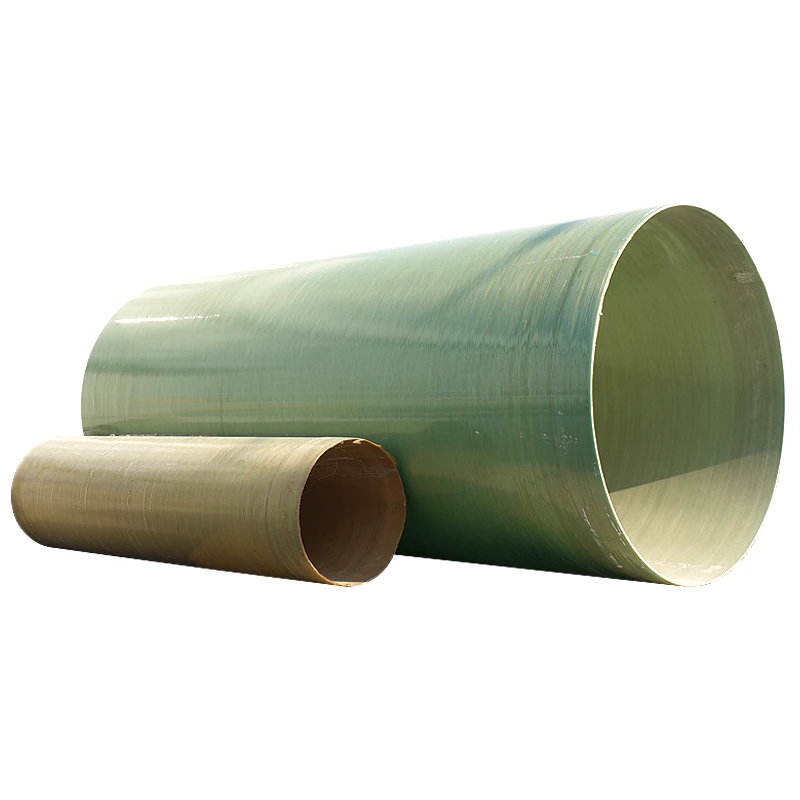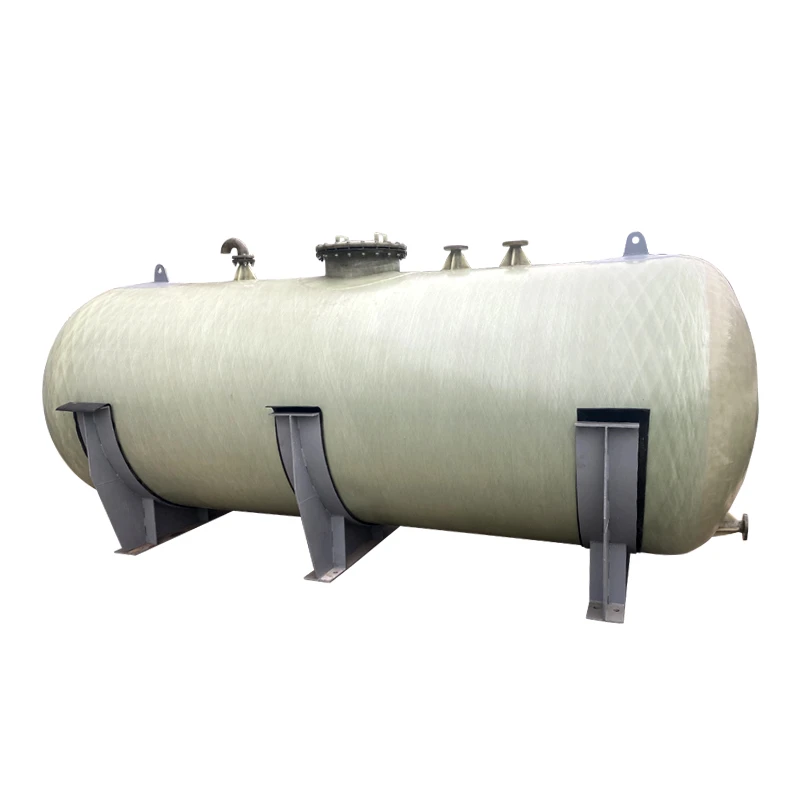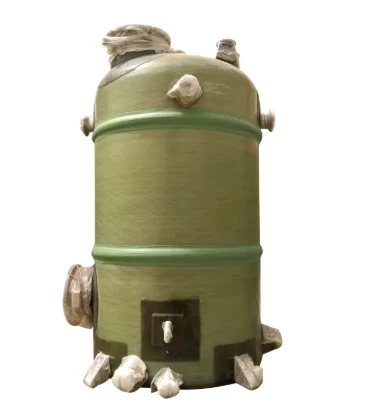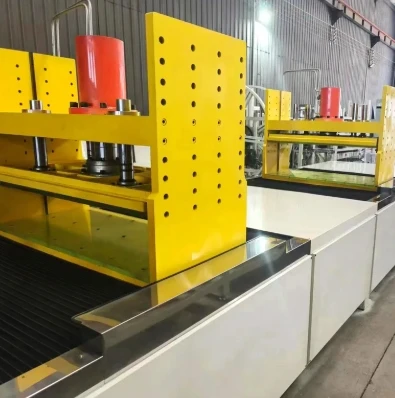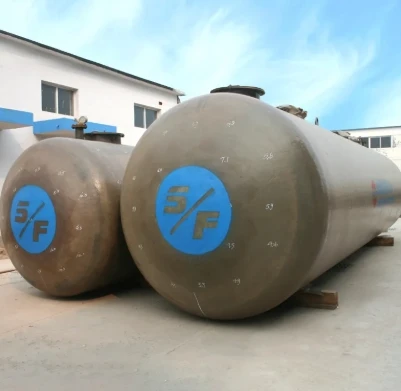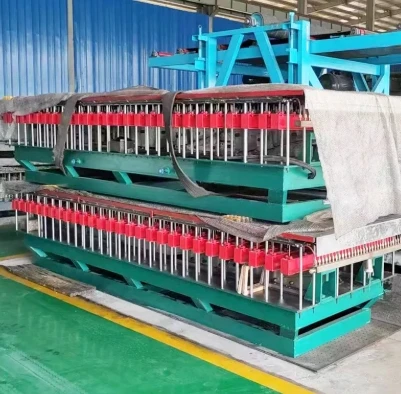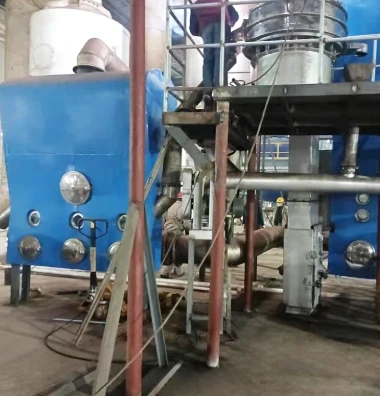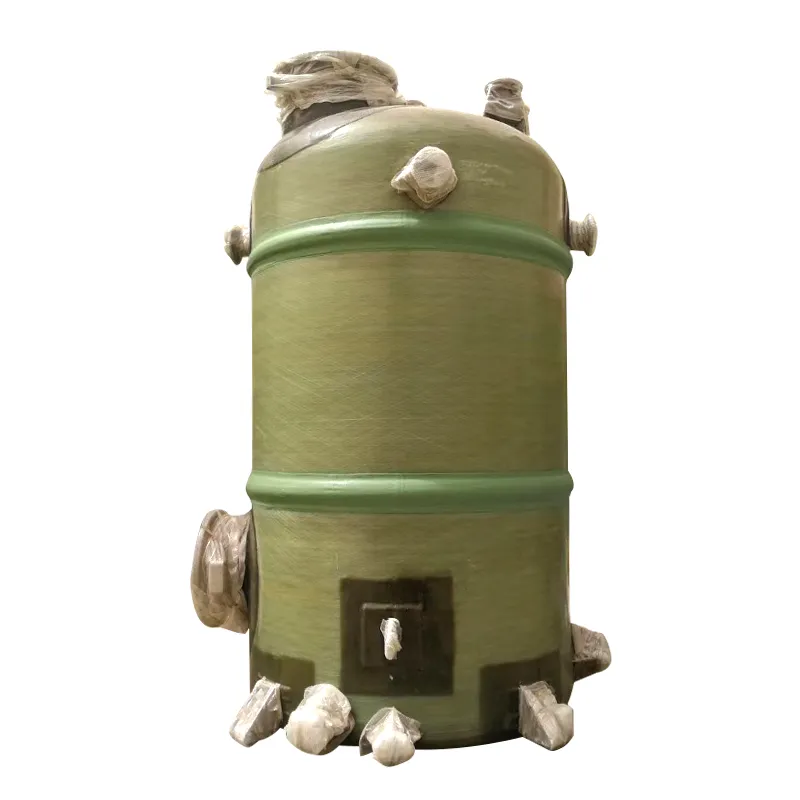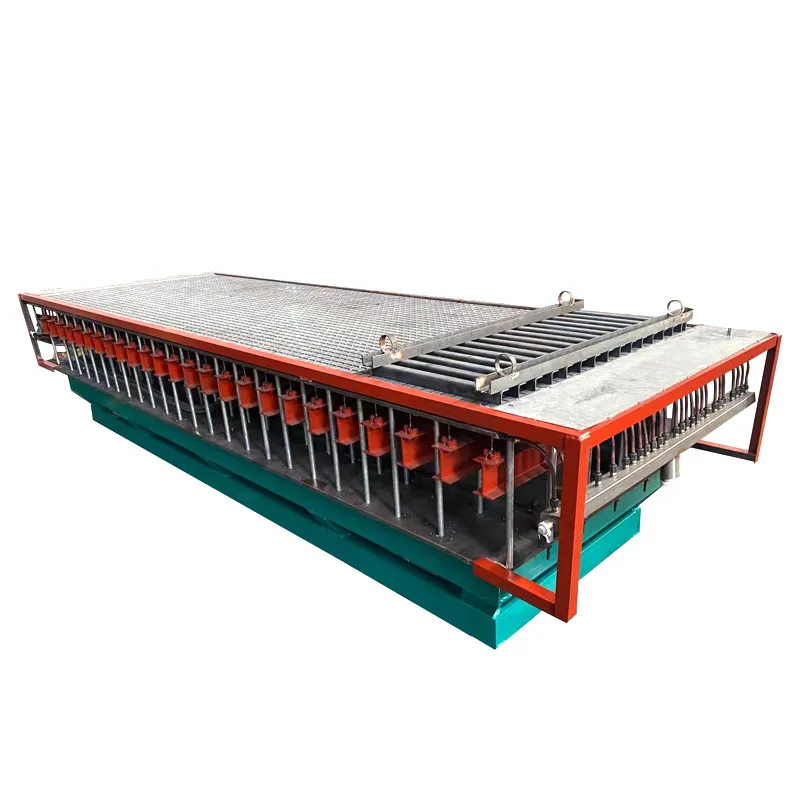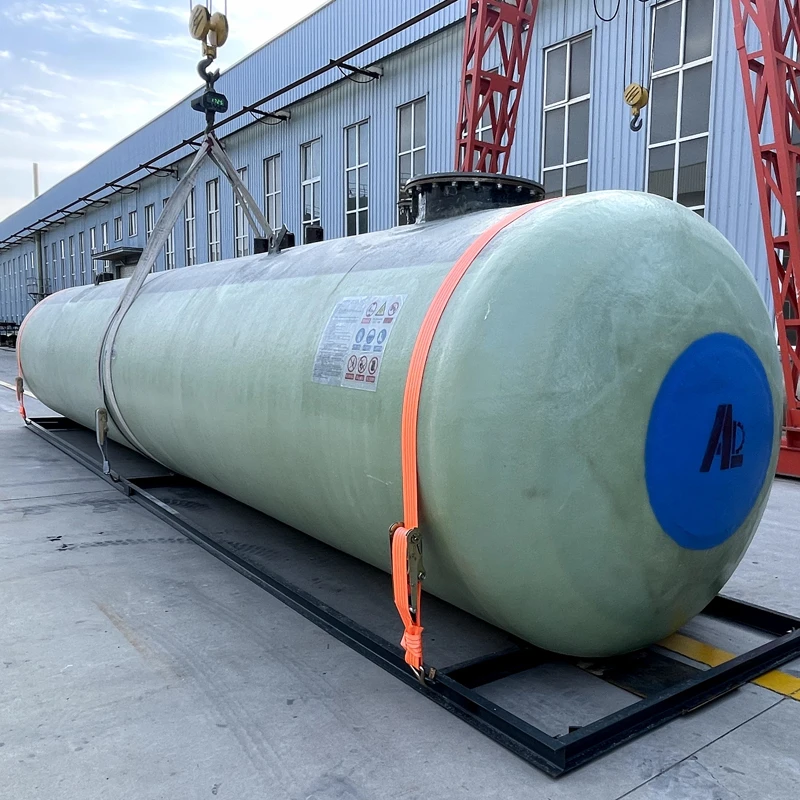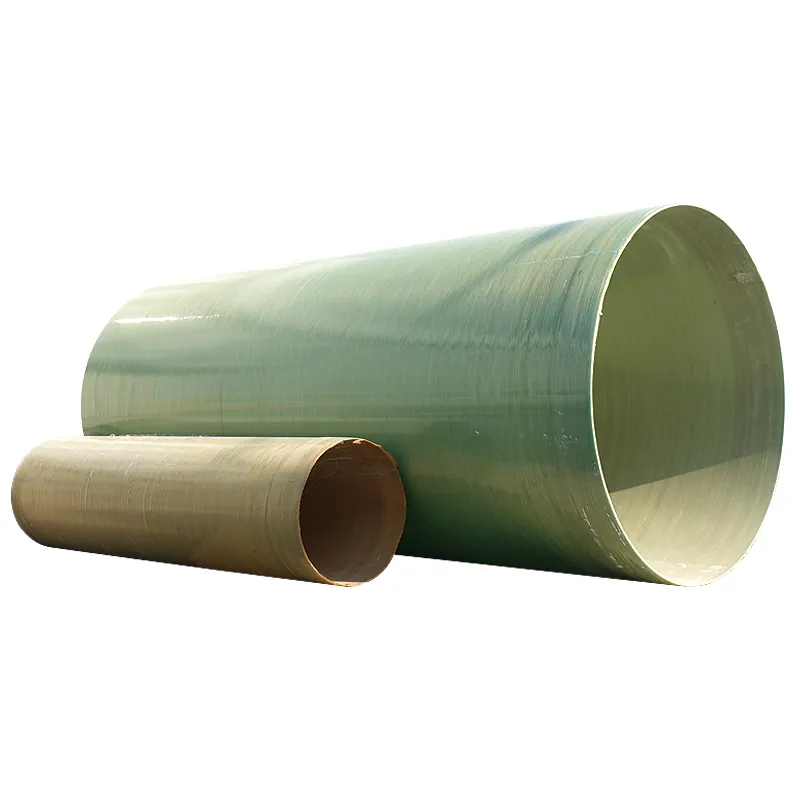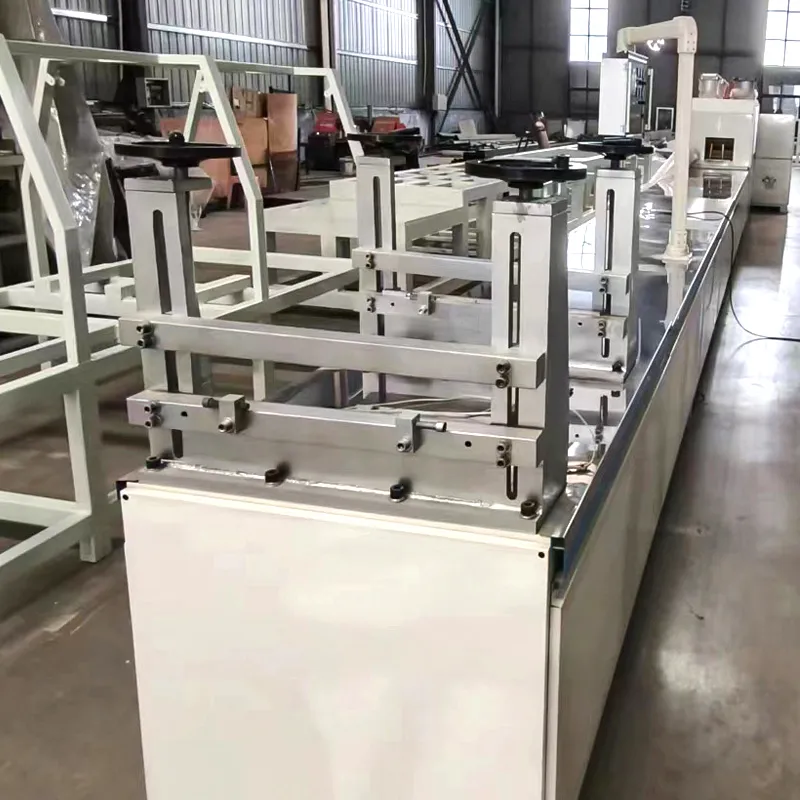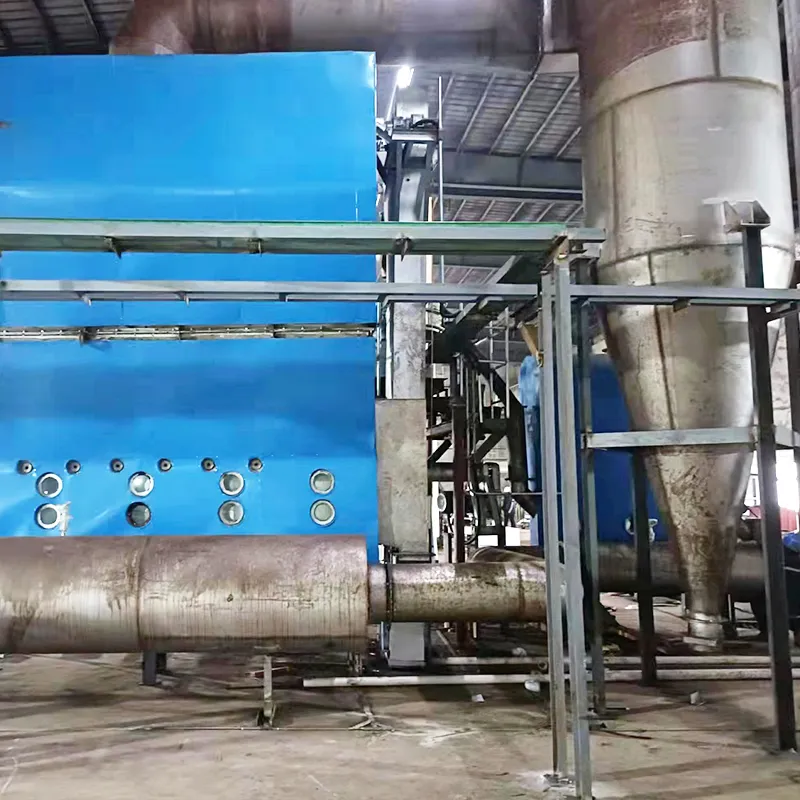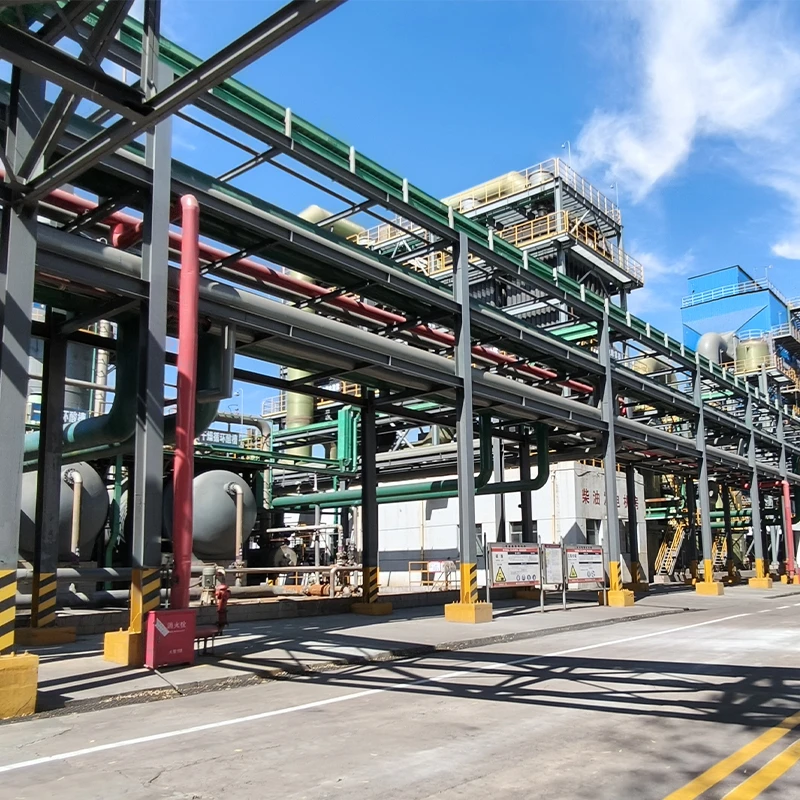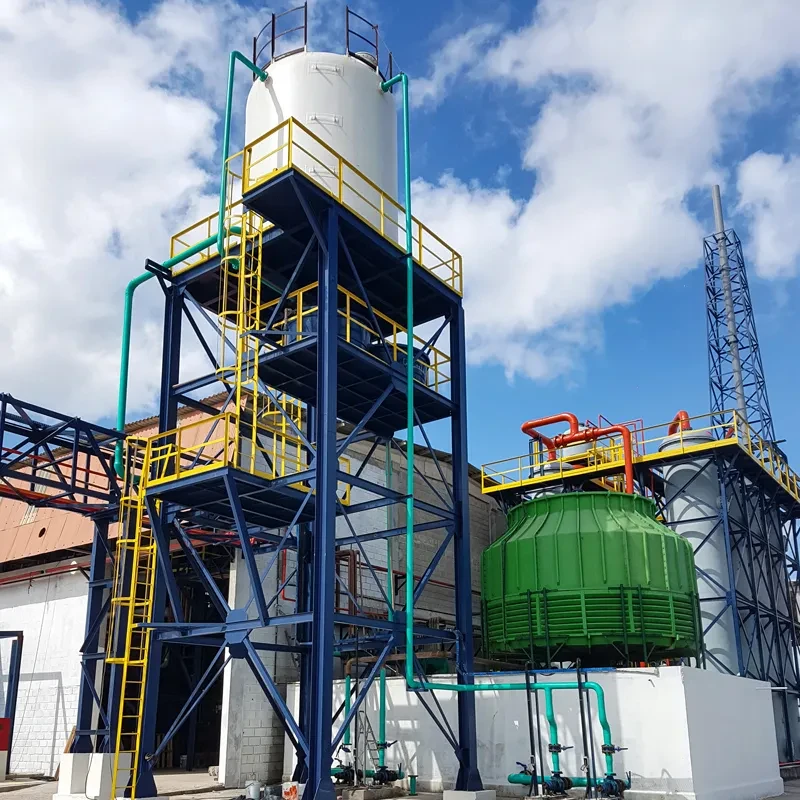Optimize Sulfuric Acid Production with GPT-4 Turbo AI
Sulfuric acid production is a cornerstone in modern chemical industries, driving processes from petrochemicals and metallurgy to water treatment and fertilizer manufacturing. As the demand for high-purity, cost-effective, and sustainable sulfuric acid rises, selecting the right sulfuric acid plant setup and technology becomes essential. This guide offers an in-depth look at the sulfuric acid manufacturer landscape, technical parameters, process flows, and key competitive advantages based on real-world data and industry authority reports.
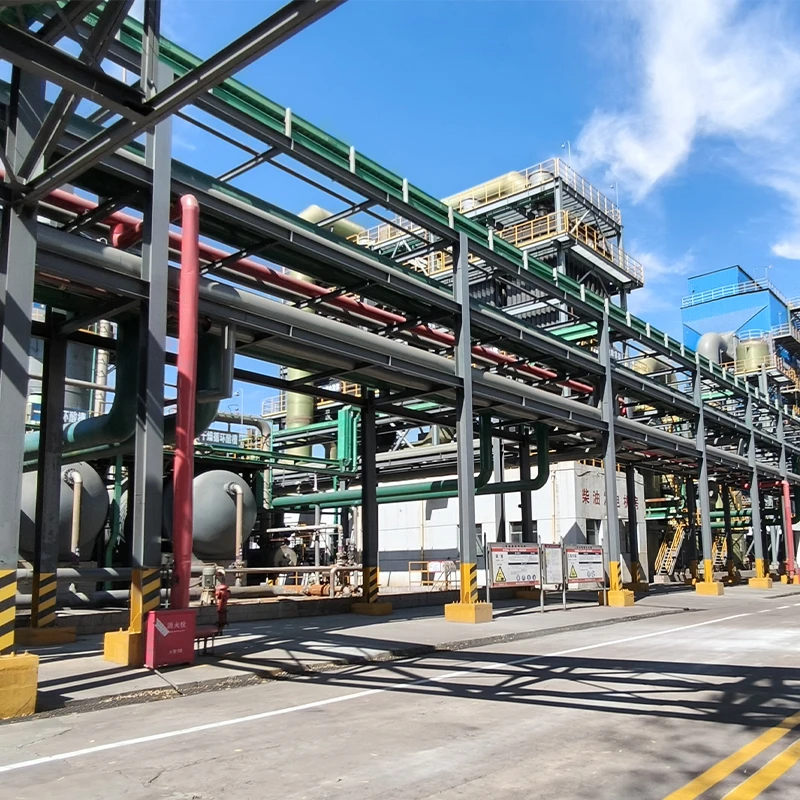
Global Trends and Industry Outlook
- Capacity: As of 2023, global sulfuric acid production reached over 260 million tons, with Asia-Pacific accounting for 45% of output (Source: IFA Report 2024).
- Market Value: Expected CAGR of 3.2% during 2023–2028, mainly driven by fertilizer and battery sectors. (Ref: MarketsAndMarkets)
- Production Technology: Contact Process dominates (95%+), with advancements in catalyst efficiency, energy integration, and emission reduction.
- Sustainability: New plants increasingly employ emission control systems compliant with ISO 14001 and EPA Tier 4 standards.
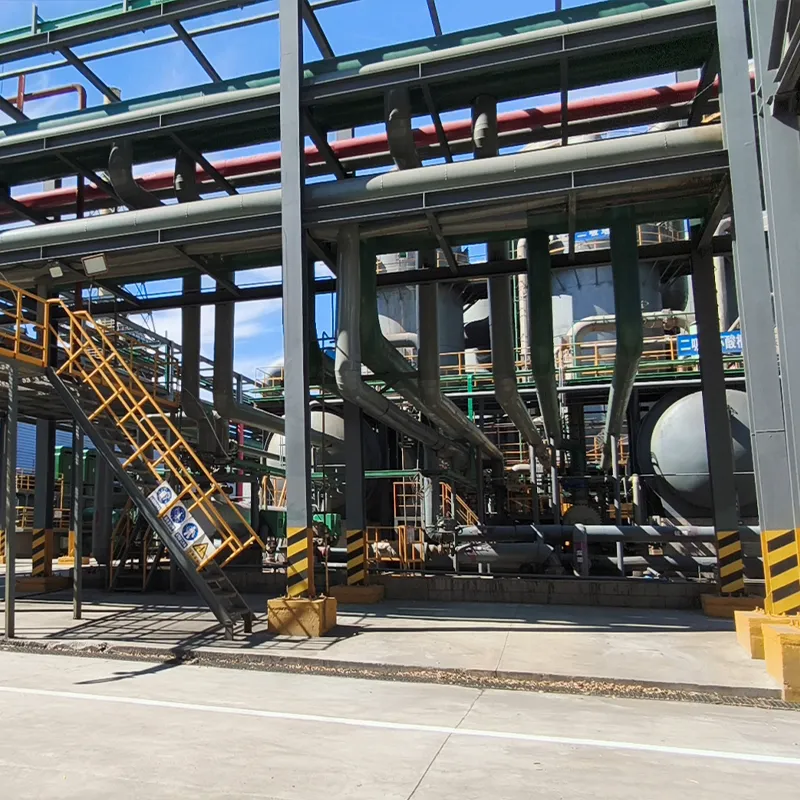
Typical Sulfuric Acid Production Process Flow
The sulfuric acid production process in modern plants is typically realized through the catalytic Contact Process, which ensures high yield and purity. Here’s a detailed stepwise visualization:
Process Flow Diagram

- 1. Sulfur Burning or Feed Gas Cleaning
- Molten sulfur or alternative feedstock is combusted to generate SO2 gas.
- 2. Gas Cooling and Purification
- Hot SO2 gases are cooled and washed to remove dust, arsenic, and heavy metals.
- 3. Catalytic Oxidation
- SO2 is converted to SO3 over a platinum or vanadium pentoxide catalyst, using precise temperature control (410–450°C).
- 4. Gas Absorption
- SO3 is absorbed into circulating 98% sulfuric acid to form additional H2SO4.
- 5. Heat Recovery and Product Storage
- Energy integration for steam generation and acid cooling, followed by storage in corrosion-resistant tanks.
Key Parameters in Commercial Sulfuric Acid Production
| Parameter | Typical Value / Range | Industry Reference |
|---|---|---|
| Plant Capacity (t/day) | 50 – 3,000 | IFA |
| SO2 Conversion Rate (%) | >99.6 | ISO 9001/ANSI |
| Final Acid Purity (wt%) | 98–99.5 | EN 899 |
| Energy Recovery Efficiency (%) | >70 | IEA |
| Operational Availability (%) | 96–99 | Operation Benchmark |
| Main Construction Materials | FRP, Stainless Steel 316L, Cast Iron | NACE, API 650 |
| Plant Lifetime (years) | 20–35 | Industry Survey |
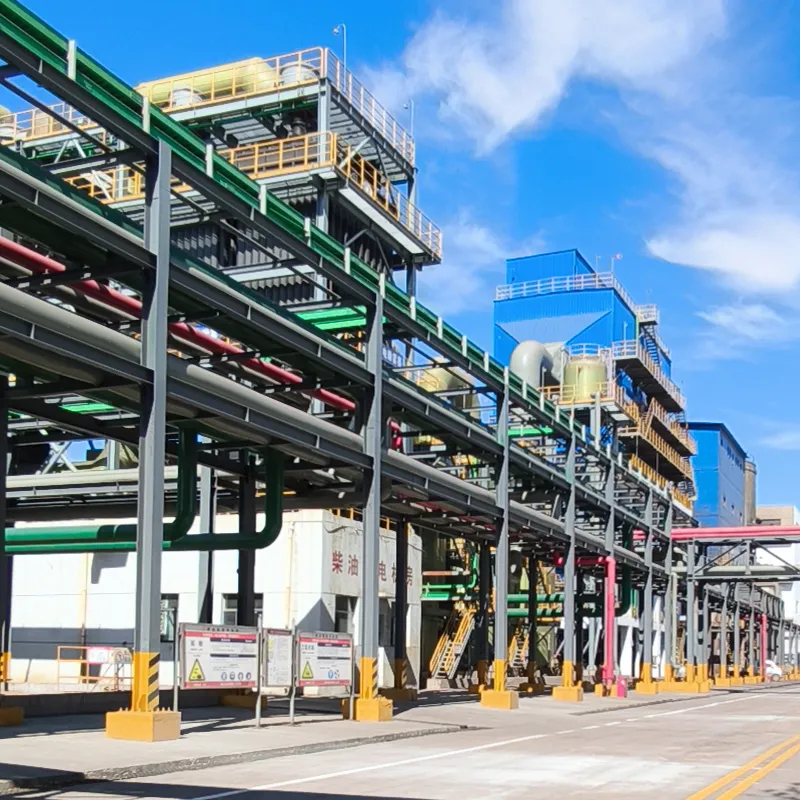
Product Focus: Sulfuric Acid Production Line For H2SO4 Plant
| Product Name | Sulfuric Acid Production Line For H2SO4 Plant |
| Process Route | Double Contact Double Absorption (DCDA) |
| Capacity Range | 100 – 3,000 tons/day (customizable) |
| Main Construction | Cast/forged steel, FRP lining, CNC-processed modules |
| Automation | PLC + DCS (Industry 4.0 ready), remote monitoring |
| Certifications | ISO 9001, ISO 14001, CE, ANSI, NACE |
| Reliability | 20+ years service, 98% uptime |
| Industries | Chemical, Petrochemical, Metallurgy, Fertilizer, Water Treatment |
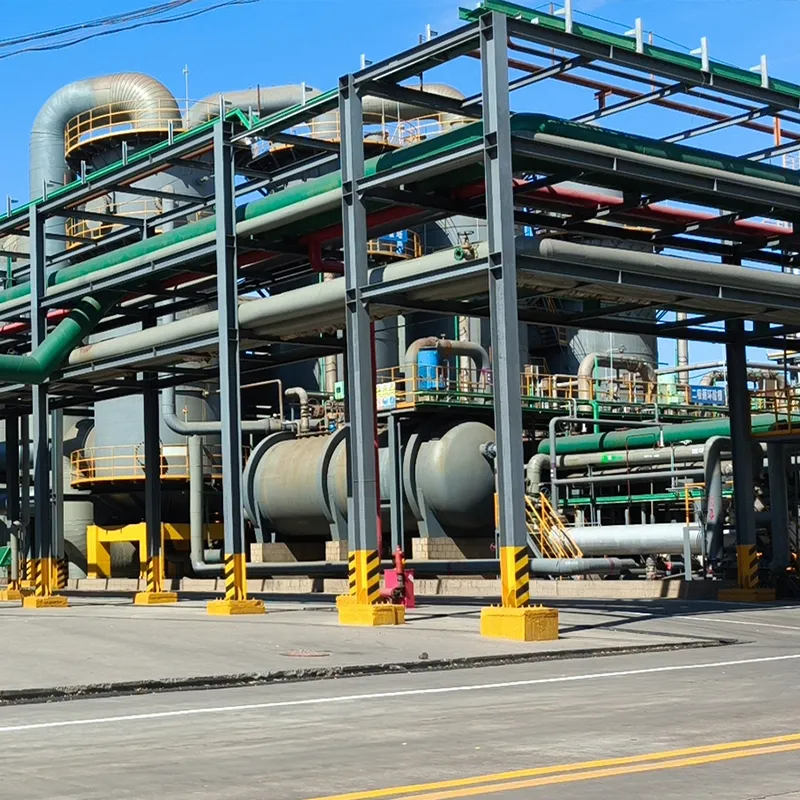
Competitive Technical Advantages
- Material Selection: Advanced FRP composites, stainless steel 316L, and engineered castings for extended anti-corrosion life (>30 years) per NACE MR0175.
- Process Integration: High-efficiency heat recovery (energy integration up to 74%). Steam generated supports onsite usage, reducing OPEX.
- Emission Abatement: Equipped with multi-stage scrubbers and ISO 14001-certified gas cleaning, achieving SO2 emission below 200 mg/Nm³.
- Safety & Automation: AI-enabled process analytics, certified safety interlocks (SIL 2/3 compliant), emergency shut-down system.
- Customization: Modular plant design enables rapid expansion, process upgradability, and compact site footprint.
- Certifications: All units pass ISO 9001:2015, ANSI, and local standards testing before delivery.
- Low Maintenance: Weld-free piping, modular plates, quick-release valves, minimizing downtime.
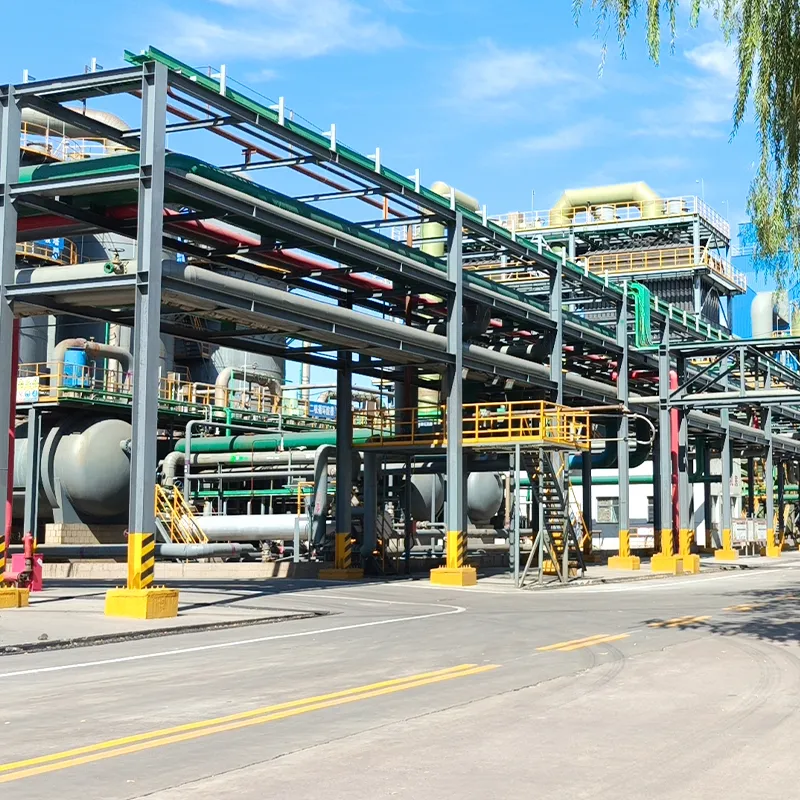
Performance Data: Visualization
Energy Recovery (Plant Sizes)
Material Use Proportion
SO₂ Conversion Rate (vs Industry Avg.)
Material and Manufacturing: How Quality Drives Performance
- FRP Linings: Extend chemical resistance in absorbers/stack, certified to ASTM D5364. Useful life: 20–35 years.
- Precision CNC & Forging: CNC-machined modules ensure <50µm dimensional tolerance, minimizing leak risk at high temperature/pressure.
- Joint Standards: Flanges, valves, and piping conform to ASME B16.5 / ANSI specs.
- International Testing: All welds and castings are ultrasound/X-ray tested to ISO 9712 and EN 473.
- External Approval: Supplied plants verified by SGS, BV, and TUV for export.
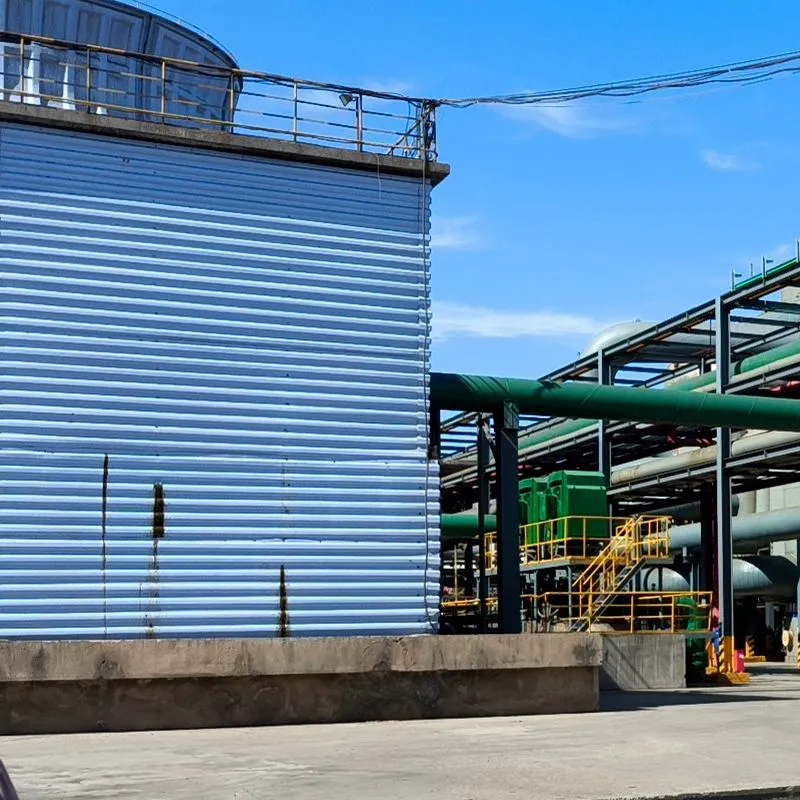
Sulfuric Acid Plant Use Cases & Industry Solutions
- Metallurgy: Sulfuric acid production lines are used in copper, zinc, and uranium leaching circuits (acid quality: 98.5%, SO₂ conversion >99.6%).
- Petrochemical: Customized sulfuric acid manufacturer plant modules deployed for alkylation, lube refining. Plants with dual scrubbers for <100 ppm SO₂ emission (ExxonMobil, 2023).
- Fertilizer Manufacturing: Integrated with phosphate plants for cost-efficient, on-site acid supply. Continuous 24/7 operation, 99%+ on-stream factor.
- Water Treatment: Modular acid dosing skids—acid-resistant instrumentation, PLC-protected for municipal and industrial water purification.
- Battery Industry: Commercial sulfuric acid production lines supply high-purity acid for energy storage, validated by SGS/BV purity checks.

Sulfuric Acid Line Manufacturer — Comparison Table
| Parameter | Sulfuric Acid Production Line For H2SO4 Plant | Competitor A | Competitor B |
|---|---|---|---|
| Design Life | 30 years | 24 years | 18-22 years |
| Max. Capacity (t/day) | 3,000 | 1,800 | 2,000 |
| Catalyst Efficiency (%) | 99.7 | 99.3 | 99.5 |
| Material System | FRP, Stainless 316L, CNC Cast | 316, Carbon Steel | FRP, Low-grade Steel |
| Energy Consumption (GJ/t) | 4.8 | 5.5 | 5.2 |
| SO₂ Emission (mg/Nm³) | <200 | 370 | 240 |
| Automation Level | PLC+DCS, IoT-ready | PLC only | DCS, limited diagnostics |

Customization & Engineering Support
- Plant Sizing: Module options from 100 to 3,000 t/day, tailored to site restrictions and feedstock type.
- Design Upgrades: Add-on emission scrubbers, automatic sampling, energy-saving integration, industry-specific corrosion solutions.
- Full EPC Service: 3D modeling, site/safety audits, start-up training, document locking (FDA, CE, local compliance).
- Remote Diagnostics: Real-time performance reporting, 24/7 expert hotline, cloud-based analytics.
- Global Project Delivery: Successful installs over 25+ countries (see project map below).

Client Case Studies & Experience Sharing
-
Case 1: Major Zinc Producer, Kazakhstan
1,200 tons/day sulfuric acid plant integrated with roasting and leaching complex. Plant runs at 99.6% SO2 conversion, 97% heat energy recovery.
Client Feedback: "Superior reliability and minimal maintenance. FRP linings outlasted steel by 8 years compared to our last vendor." -
Case 2: Fertilizer Plant, Southeast Asia
Custom double-absorption line, ISO 14001 certified. Remote DCS diagnostics reduced field engineer visits by 31%.
Feedback: "Onsite installation and operator training exceeded industry benchmarks." -
Case 3: Battery Acid Supplier, EU
Ultra-pure acid (99.6+% H2SO4) output, audited by SGS. Automated sampling skid cut lab workload by 55% per month.
-
Case 4: Industrial Park, Middle East
Modular, 400 t/d acid plant with FRP towers. EPC completion in under 10 months.
Result: "Fastest on-stream time we've had in the region. All ISO and ANSI certifications provided."
Quality Assurance, Delivery, and Support
- Delivery Time: 6–14 months depending on capacity and OEM options.
- Warranty: 24-month system warranty, full spare parts, and upgrade support.
- Installation: Onsite or remote engineering team deployment, mechanical/automation supervision per EN/ASME standards.
- After-sales support: 24/7 hotline, dedicated account manager, next-day spare part dispatch (global hubs).
- Certifications: Delivered plants shipped with ISO, ANSI, and regional documentation and test reports (SGS, TUV, BV).

Frequently Asked Questions (FAQ)
- 1. What materials are used in critical equipment to resist corrosion?
- Key components utilize FRP lining, Stainless Steel 316L for towers and piping, and high-nickel alloys for high-temperature areas. All meet NACE MR0175 and ASTM D5364 requirements.
- 2. What is the plant's design pressure & temperature specification?
- Design pressure typically up to 0.5MPa and temperatures from 120°C (gas cleaning) up to 450°C (converter inlet), certified to ASME specifications.
- 3. How is emission compliance ensured?
- Advanced gas scrubbers and catalytic control units ensure SO₂ emission below 200 mg/Nm³, validated by ISO 14001/EPA test protocols.
- 4. Is modular expansion or capacity increase possible post-installation?
- Yes. Modular designs are prepared for future add-ons with pre-installed connection flanges and PLC upgradability for higher throughput.
- 5. Which standards govern welding and flange connections?
- Manufactured per ASME B16.5 (flanges), EN ISO 9606 (welding), with ultrasonic/X-ray testing per ISO 9712/EN 473.
- 6. What are typical payback periods for new plants?
- Average ROI is 3–5 years with energy integration and low-OPEX design (based on 500–1,200 t/day size).
- 7. Can you supply a documented FAT (Factory Acceptance Test) and SAT (Site Acceptance Test)?
- Yes. Tested and witnessed by clients (onsite or remote video); full FAT/SAT documentation provided.
Get Your Custom Sulfuric Acid Production Solution
Contact our engineering team for a tailored sulfuric acid production line. Accelerate ROI, ensure compliance, and secure lifecycle support.
Sulfuric Acid Production Line For H2SO4 Plant
- Engineering consultation within 48 hours
- 3D proposal and process simulation
- Full technical documentation and on-site support
Industry References & Further Reading
- "Sulfuric Acid: Global Industry Outlook", Chemical Engineering World, 2024. Link
- "Best Practices for Sulphuric Acid Plant Operations", Hydrocarbon Processing Journal, 2023. Link
- "Sulphuric Acid Plants, Technology & Trends", Sulphur Institute Technical Paper, 2023. Link
- "Comparison of Contact Processes in Commercial Production of Sulphuric Acid", ScienceDirect Journal of Cleaner Production, 2024. Link
- "ISO 14001 Environmental Management & Sulphuric Acid Plants", ISO.org. Link

